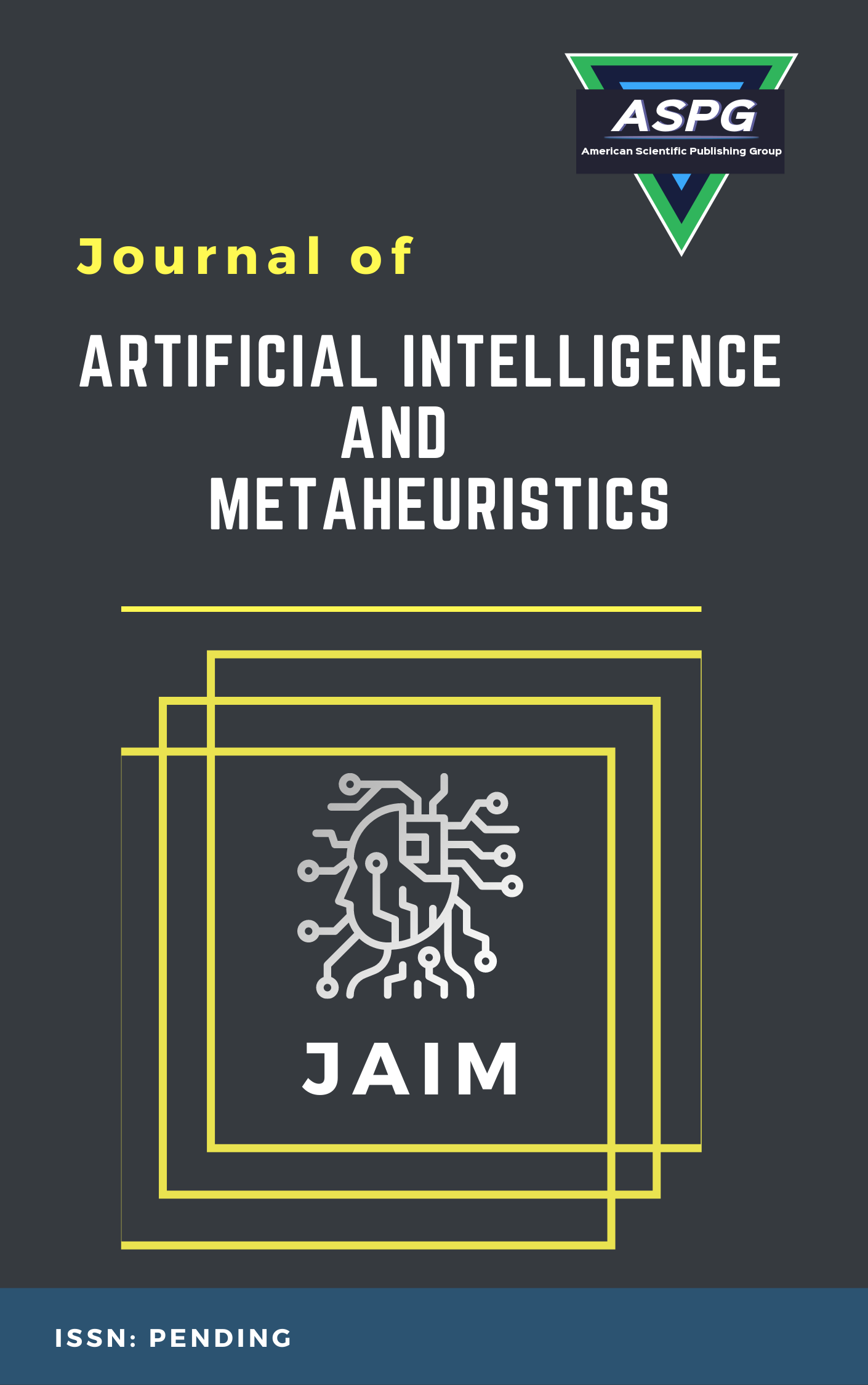

Volume 3 , Issue 2 , PP: 48-55, 2023 | Cite this article as | XML | Html | PDF | Full Length Article
Nadjem Bailek 1 * , Mohamed Saber 2
Smart healthcare systems rely heavily on disease prediction because it paves the way for early detection and prompt action, both of which enhance patient outcomes. In this research, we present a machine learning (ML) method for identifying data patterns that might be used to foretell the occurrence of cardiac disease. Our approach entails cleaning the data used for predicting cardiac issues and then using a Support Vector Machine (SVM). Age, sex, chest pain type, blood pressure, cholesterol, and exercise-induced angina are only few of the attributes included in the dataset. Insights into the distributional analysis of categorical and numeric variables, as well as potential connections and trends, are gained through exploratory data analysis (EDA). Cross-validation results show that the SVM model performs exceptionally well, with higher accuracy and AUC than competing models. By utilizing ML methods, our research aids in the development of intelligent healthcare systems. These results add to our understanding of how to forecast diseases and show how machine learning may transform healthcare systems to improve patient outcomes.
Machine learning , Smart healthcare , Disease prediction.
[1] Boukenze, Basma, Hajar Mousannif, and Abdelkrim Haqiq, Predictive analytics in healthcare system using data mining techniques. Comput Sci Inf Technology, 1, 1-9, 2016.
[2] Qureshi, Kashif Naseer, Sadia Din, Gwanggil Jeon, and Francesco Piccialli, An accurate and dynamic predictive model for a smart M-Health system using machine learning. Information Sciences, 538, 486-502, 2020.
[3] Shereen Zaki, Mahmoud M. Ibrahim , Mahmoud M. Ismail, Interval Valued Neutrosophic VIKOR Method for Assessment Green Suppliers in Supply Chain. Journal of International Journal of Advances in Applied Computational Intelligence, 2 (1), 15-22, 2022.
[4] Ray, Arkadip, and Avijit Kumar Chaudhuri, Smart healthcare disease diagnosis and patient management: Innovation, improvement and skill development. Machine Learning with Applications, 3, 2021.
[5] Venkatesh R., C. Balasubramanian, and Madasamy Kaliappan, Development of big data predictive analytics model for disease prediction using machine learning technique. Journal of medical systems, 43, 1-8, 2019.
[6] Tuli Shreshth, et al., Health Fog: An ensemble deep learning based Smart Healthcare System for Automatic Diagnosis of Heart Diseases in integrated IoT and fog computing environments. Future Generation Computer Systems, 104, 187-200, 2020.
[7] Hadeer Mahmoud, Ahmed Abdelhafeez, Computational Intelligence Approach for Biometric Gait Identification. Journal of International Journal of Advances in Applied Computational Intelligence, 2(1), 36-43, 2023.
[8] Chhabra, Mohit, and Rajneesh Kumar, A Smart Healthcare System Based on Classifier DenseNet 121 Model to Detect Multiple Diseases. In Mobile Radio Communications and 5G Networks: Proceedings of Second MRCN 2021 Singapore: Springer Nature Singapore, 297-312, 2022.
[9] Barak Corren et al., Validation of an electronic health record–based suicide risk prediction modeling approach across multiple health care systems. JAMA network open 3(3), 2020.
[10] Heba R. Abdelhady, Mahmoud M. Ismail, Cardiovascular Diseases Forecasting using Machine Learning Models. International Journal of Advances in Applied Computational Intelligence, 1(2), 56-62, 2022.
[11] Mohamed Saber, A novel design and Implementation of FBMC transceiver for low power applications, Indonesian Journal of Electrical Engineering and Informatics (IJEEI), 8(1), 83-93, 2020.
[12] Abouelatta, Mohamed A., Sayed A. Ward, Ahmad M. Sayed, Karar Mahmoud, Matti Lehtonen, and Mohamed MF Darwish, Measurement and assessment of corona current density for HVDC bundle conductors by FDM integrated with full multigrid technique. Electric Power Systems Research 199, 2021.